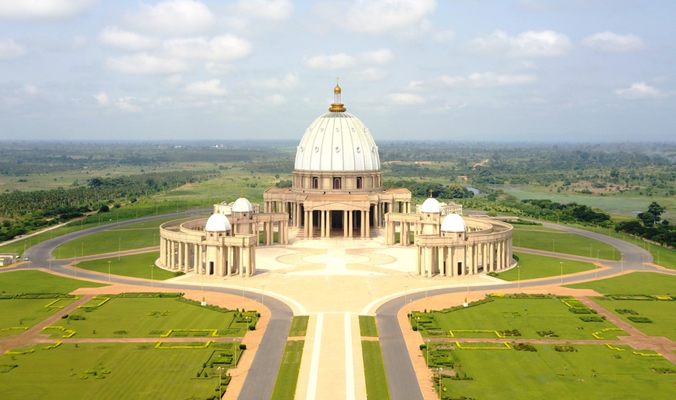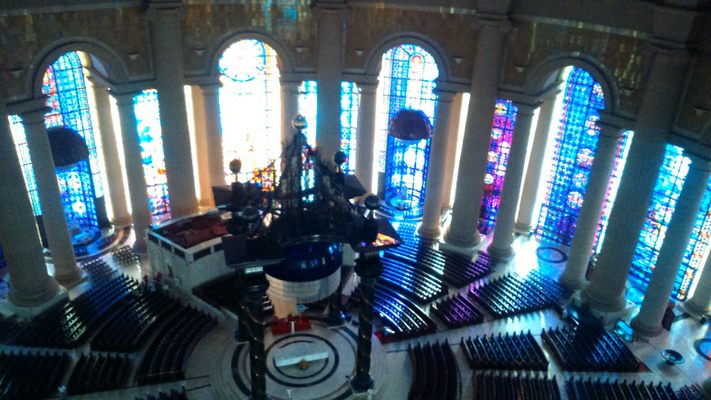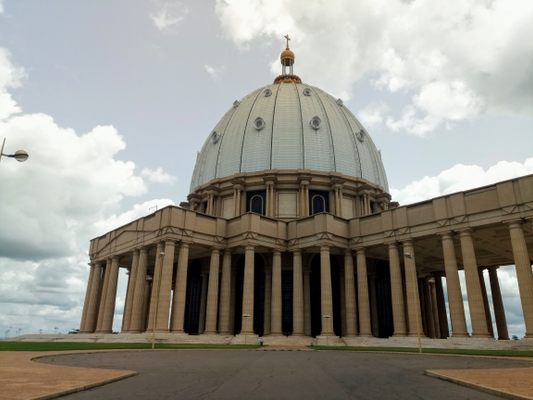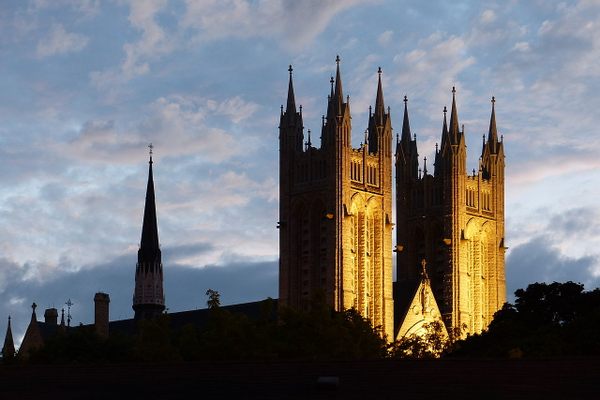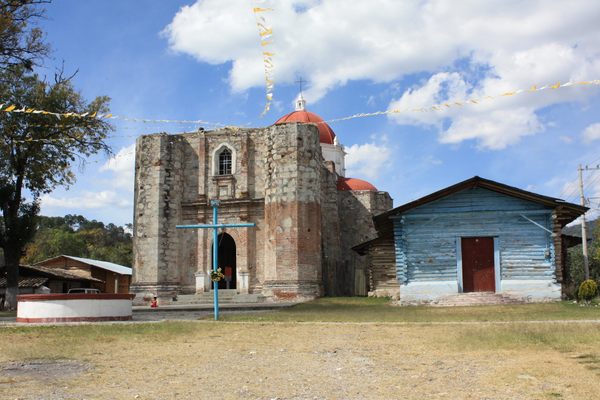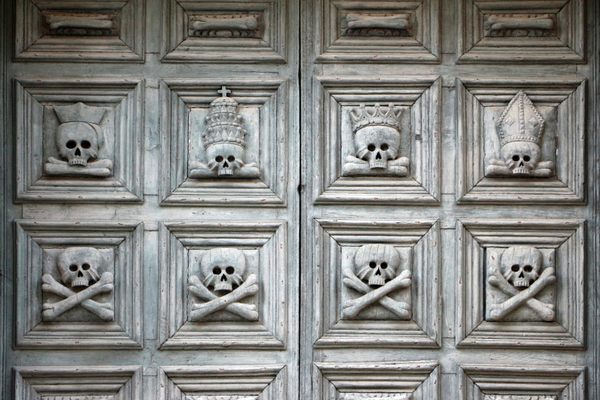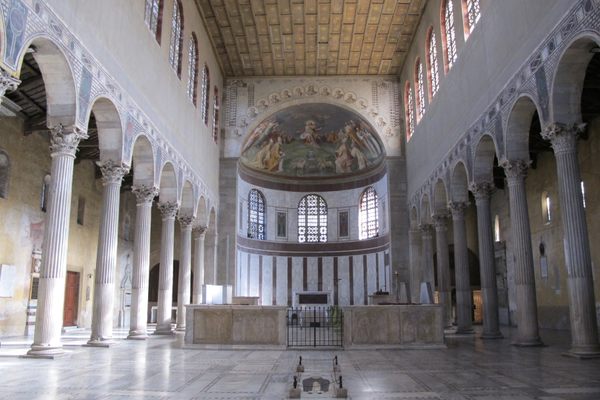About
In a country known best for civil war and political unrest, the Basilica of Our Lady of Peace emerges tranquilly from the barren landscape surrounding the church on all sides. Despite its impressive stature, it remains shrouded in controversy from comparison and stands as a symbol of the problems facing the Ivory Coast.
Construction began on the Basilica in 1985, just 25 years into the Ivory Coast's remarkable and prosperous independent history. The Ivory Coast’s beloved leader Felix Houphouet-Boigny chose the location on the outskirts of Yamoussoukro. Houphouet-Boigny grew up in the city and led the country into stability since its independence in 1960.
After the complex was finished in 1990, the basilica, which is modeled after St. Peter's Basilica in Rome, had cost over $300 million, and stood as the world's largest church eclipsing the size of its inspiration in Italy. The complex is over 30,000 square meters and the dome rises over 500 feet into the air and can accommodate 18,000 worshippers.
Although the Basilica gave the Ivory Coast international recognition, including Pope John Paul II's blessing, its construction symbolized a larger problem that would plague the country over the next 20 years. In the vein of a monarchical France, the Basilica was in essence a statement of grandeur more fitting for Louis XIV's riches than a prosperous but nascent democratic economy.
Unlike St. Peters, the basilica is built on the outskirts of the city and is surrounded by marked poverty, dotting a barren and dusty landscape. By comparison to its surroundings, the Basilica loses its imposing beauty quickly. Less than a decade after its construction, the Ivory Coast was plunged into a series of civil wars, the most recent of which exploded between November 2010-April 2011 after failed elections in 2010.
As Houphouet-Boigny quickly worked to build a lasting symbol of political tranquility in the twilight of his time in office, it became evident that stability was fleeting. Just as the newly independent government had stood as a symbol of hope in a struggling West African region of the 1970s and 1980s, the Basilica now stands as precarious hope and stability in a struggling Ivory Coast.
Despite its renown and massive size, the basilica like its country, sits atop a political fault line, willing to devour it into the earth at the tiniest shake. As poor vendors peruse its borders selling cheap wares, the structure constantly begs the question of whether a permanent reminder of stability was too much too soon.
Related Tags
Community Contributors
Added By
Published
August 11, 2011
